[Unit 2] Factors of Production
(From PPT 10.1)
- Land: All natural resources that are used to produce goods and services.
- Labor: Any effort a person devotes to a task for which that person is paid.
- Capital:
- Physical Capital: Any human-made resource that is used to create other goods and services.
- Human Capital: Any skills or knowledge gained by a worker through education and experience.
- * Entrepreneurship: Ambitious leaders that combine the other factors of production to create goods and services.
[Unit 4] The Law of Demand
(书 P70)
- The Income Effect
- 价格上涨让人无法负担。
- The Substitution Effect
- 价格变化让人转向替代品。
- Diminishing Marginal Utility
[Unit 5] Elasticity
Price Elasticity of Supply
Price Elasticity of Demand
Cross-price elasticity of demand
Income Elasticity of Demand
[Unit 6] Costs of Production
Production Function
(书 P123)
三个阶段:
- TP↑ MP↑ - increasing marginal returns
- TP↑ MP↓ - diminishing marginal returns
- TP↓ MP↓ - negative marginal returns
MC 与 MP,AVC 与 AP 互为 mirror images。(个人感觉这个说法纯扯淡,只是表明趋势相反)
LRATC
三个阶段:
- Economies of Scale
- Constant Returns to Scale
- Diseconomies of Scale
The law of diminishing marginal returns doesn’t apply in the long run because there are NO FIXED RESOURCES.
Returns to Scale
(书 P TODO:)
If a Firm Doubles All Inputs Used in Production . . .
- and output more than doubles, the firm is experiencing increasing returns to scale.
- and output less than doubles, it is decreasing returns to scale.
- and output doubles, it is experiencing constant returns to scale.
[Unit 8] Price Discrimination
(PPT 8.2)
\(D = MR\)
Graph
- Profit 是梯形状的。
- 没有 CS
- 没有 DWL
[Unit 8] Natural Monopoly
(PPT 8.3)
只有 Long Run 哦!
Characteristics
- one firm in the market (Firm = MKT)
- realizes economies of scale
- LRATC continues to decrease as output increases
- Barrier: significant high fixed costs (government)
Graph
- ATC 和 MC 都往下跑的。
- \(MR = MC\):Unregulated Pricing
- Market Price
- Profit!
- \(ATC = D\):Fair-Return Pricing
- Breakeven
- \(MC = D\):Socially Optimal Pricing
- Equilibrium
- Loss!
[Unit 9] Monopolistic Competition
(PPT 9.1)
Characteristics
- Differentiated product
- A large number of producers
- Price Takers *some control over price
- Low Barriers
- Inefficiency
- 既不是 Allocative Efficiency 又不是 Productive Efficiency
- 有 DWL
- Excess Capacity:实际生产(\(MR=MC\))Quantity 与 Productive Efficiency Quantity 的差。
- 既不是 Allocative Efficiency 又不是 Productive Efficiency
Long Run 怎么平衡
- 一开始是盈利的
- 盈利,而且 low barriers,所以会有一车 Firm 涌进来,每个 Firm 的 \(D\) 和 \(MR\) 都下降了(Market Share 下降)。
- 一开始是亏损的
- 有 Loss 就会有人被挤出去,\(D\) 和 \(MR\) 上升。
因此最终 \(D\) 会卡在刚好和 \(ATC\) 相切的地方。
[Unit 10] Labor MKT
(PPT 10.1 & 10.2)
Key Concepts
- Derived Demand The demand for a resource is derived from the demand for a product to
which the resource has contributed. - MRP (Marginal Revenue Product): the addition to a firm’s revenue when an additional input is employed.
- MFC / MRC (Marginal Factor Cost / Marginal Resource Cost): the additional cost of employing an additional input like a machine or worker.
💡 \(MRP = \frac {dTR} {dL}\),\(MFC = \frac {dTC} {dL}\)
Profit-Maximizing Rule for Employing Resources
Perfectly Competitive Labor MKT
Characteristics
- Many small firms are hiring workers
- Many workers with identical skills
- Wage is constant
- Workers are wage takers
Graph
(书 P184)
- 市场(Labor MKT)是正常的 S and D。
- 纵轴是 Wage,横轴是 Quantity of Labor。
- Firm 的 Supply 是横的,Demand 是斜的。
- S = MFC, D = MRP。
Minimum Wage
MKT 会出现 Surplus,Firm 的 MFC 抬高,quantity 减少。
Shifters (Demand)
- Changes in the Product Demand
- Changes in Productivity
- e.g. Tech
- Changes in Price of others
- Substitute Resource / Complement Resource
Least-Cost Rule
(书 P186)
(PPT 10.2)
Monopsony
A single buyer.
Graph
⚠️易错
- D 是正常的 MRP,向下走。
- S 向上走。
- MFC 斜率是 S 的两倍。
- 实际雇佣的 Quantity 是 \(Q@MFC=MRP\)。
- 实际的 Wage 是 \(Q\) 对应 S 上的 Price(不是 MRP!)。
[Unit 11] Coase Theorem
(PPT 11)
课上讲过吗?
condition:
- Number of people involved is small
- Bargaining costs are negligible (low)
- Property ownership is clearly defined
believes private parties involved can solve the issues created by externalities (negative) on their own.
[Unit 11] Private & Public Goods
- Public goods: nonexclusive & nonrival
- Free-rider problem
- Private goods: exclusive & rival
(Khan Academy)
- Rival: One person using it impairs another person using it
- Exclusive: Can stop someone from using it
| Exclusive | Nonexclusive | |
|---|---|---|
| Rival | Private Goods | (Common Resource) |
| Nonrival | (Artificially Scarce) | Public Goods |
e.g.
| Exclusive | Nonexclusive | |
|---|---|---|
| Rival | Clothing | Timber |
| Nonrival | Satellite TV | National Defense |
[Unit 11] Types of Taxes
- progressive tax
- takes a larger percent of income from high income groups
- takes more from rich people
- proportional tax
- takes the same percent of income from all income groups
- regressive tax
- takes a larger percentage from low income groups
- takes more from poor people

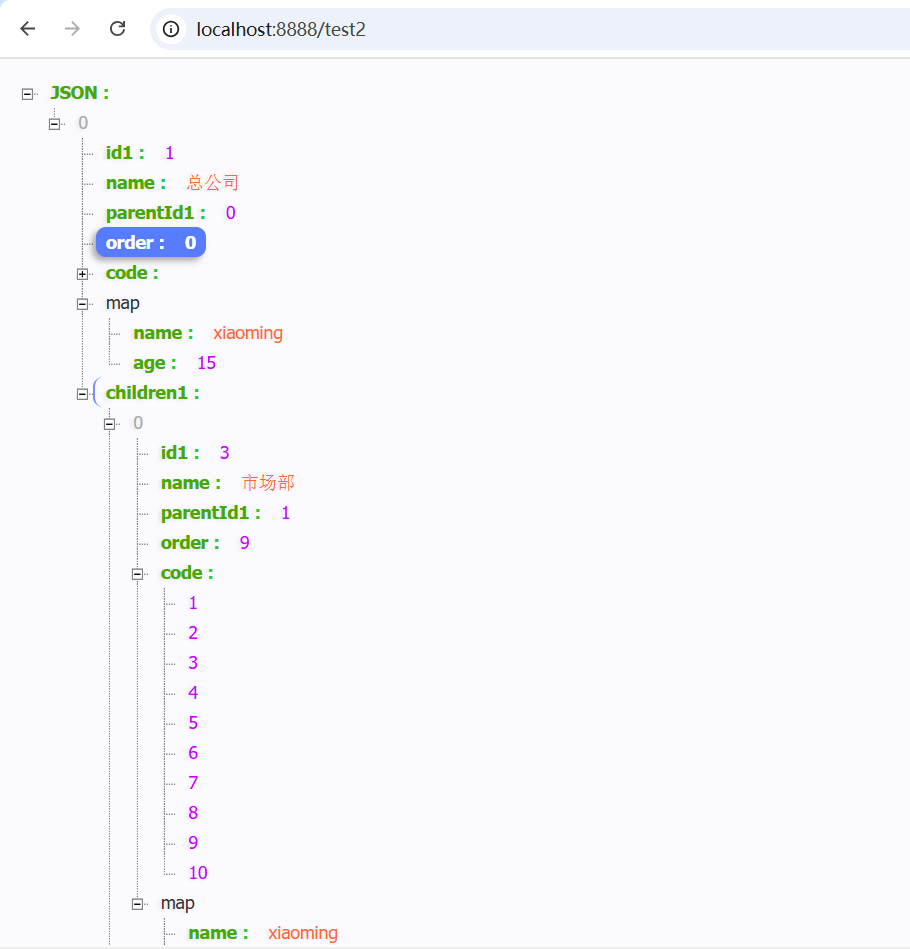


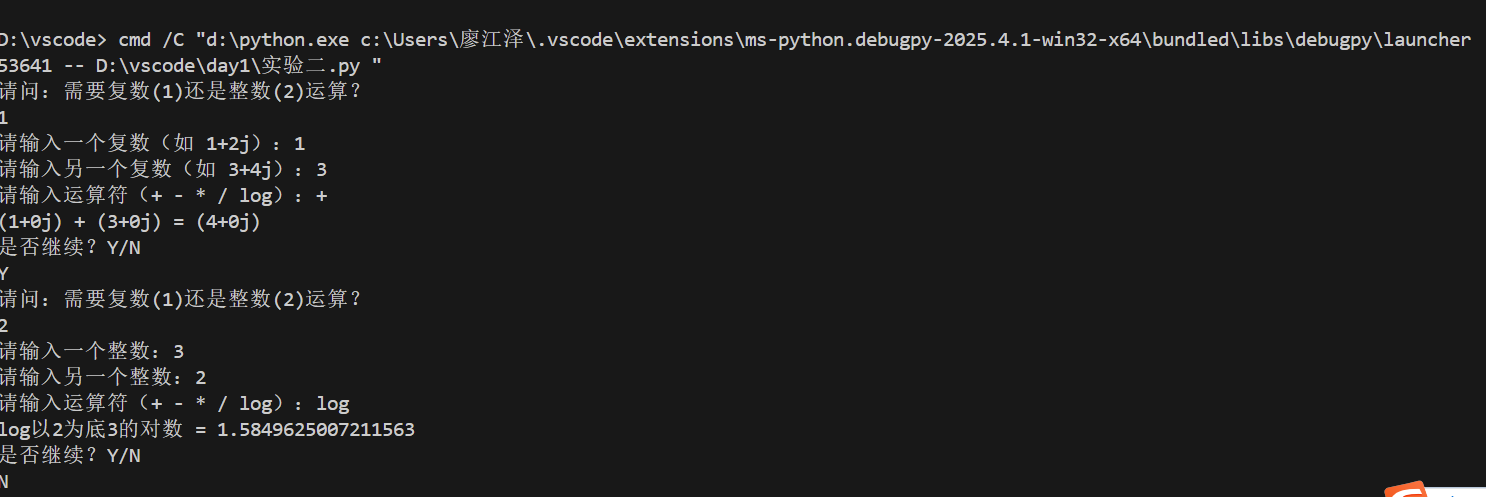
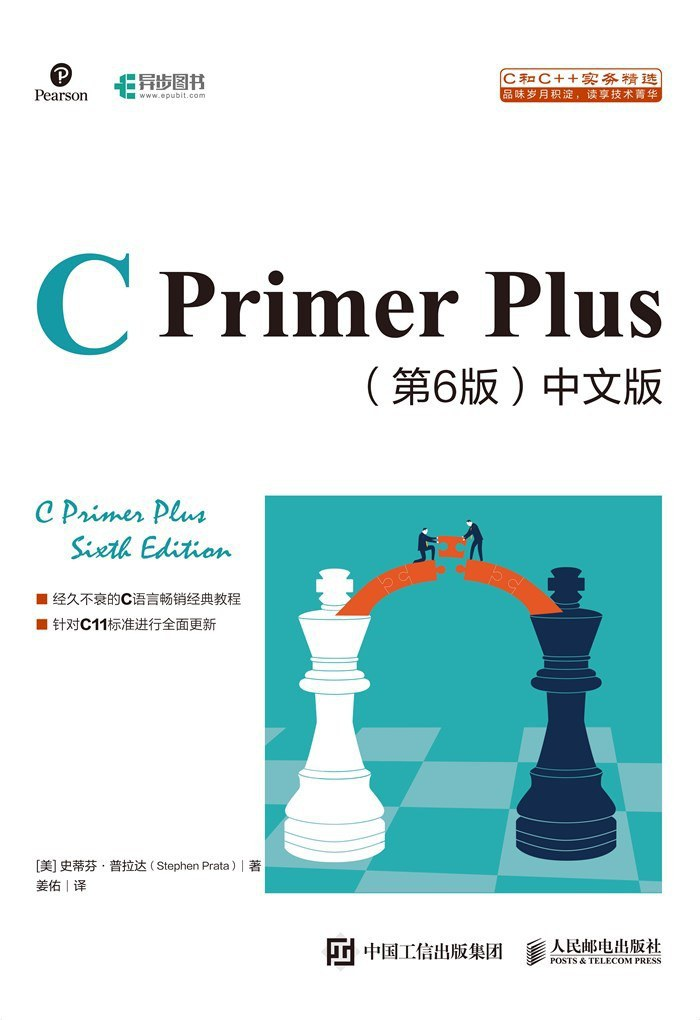
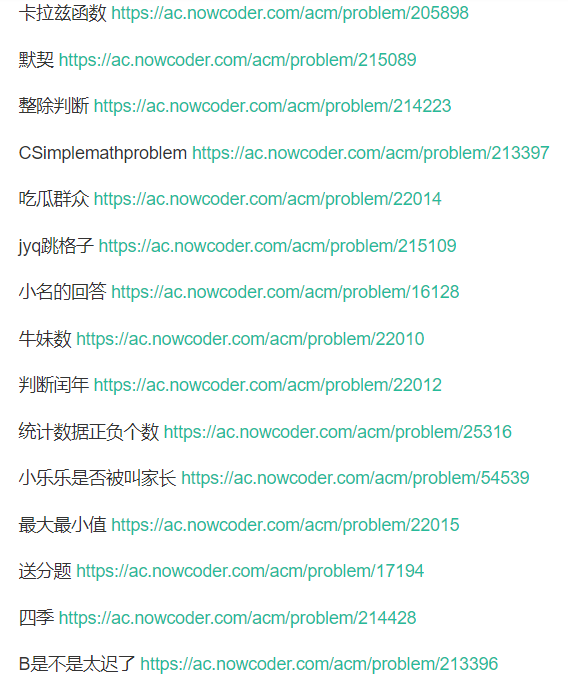
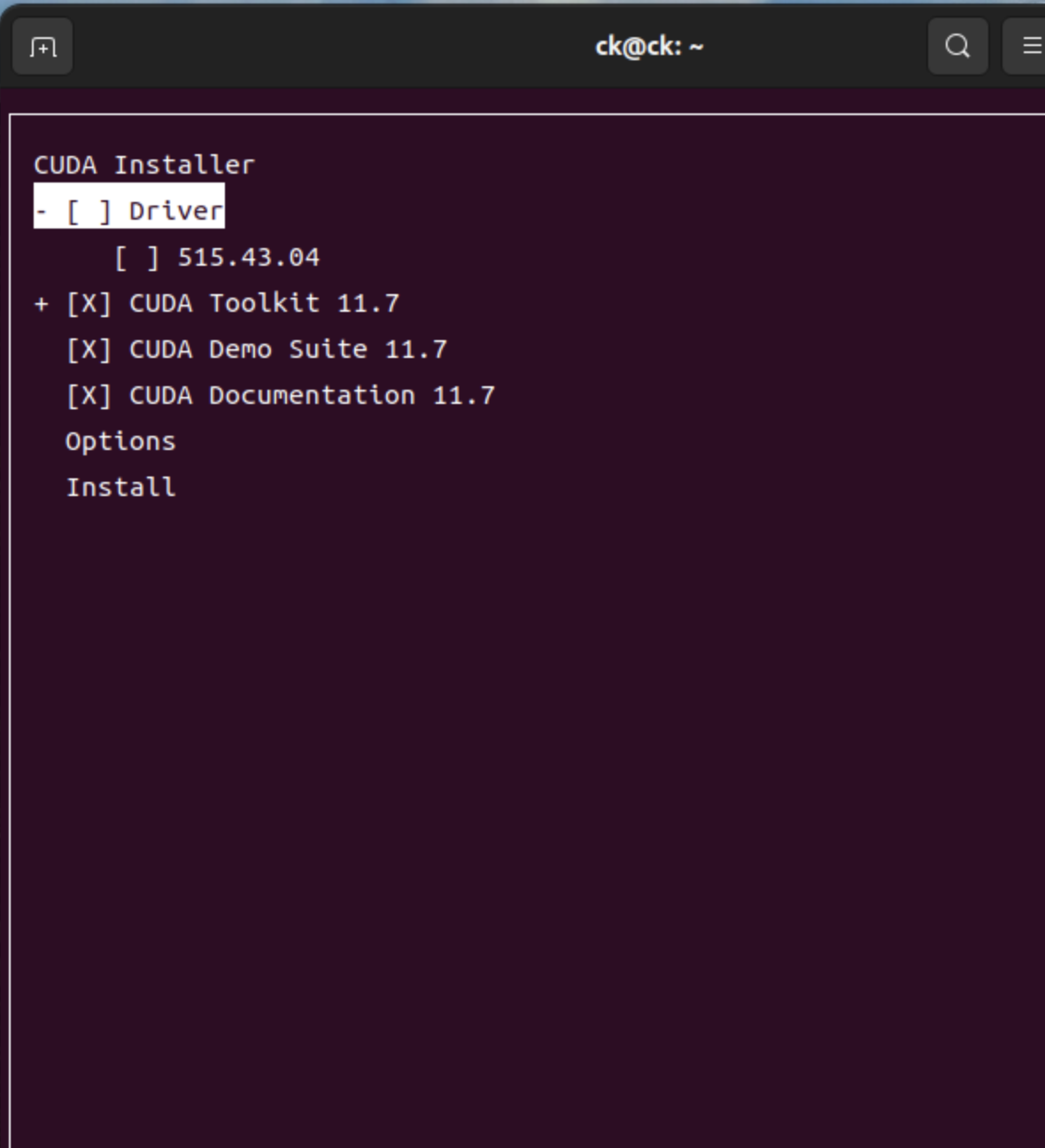
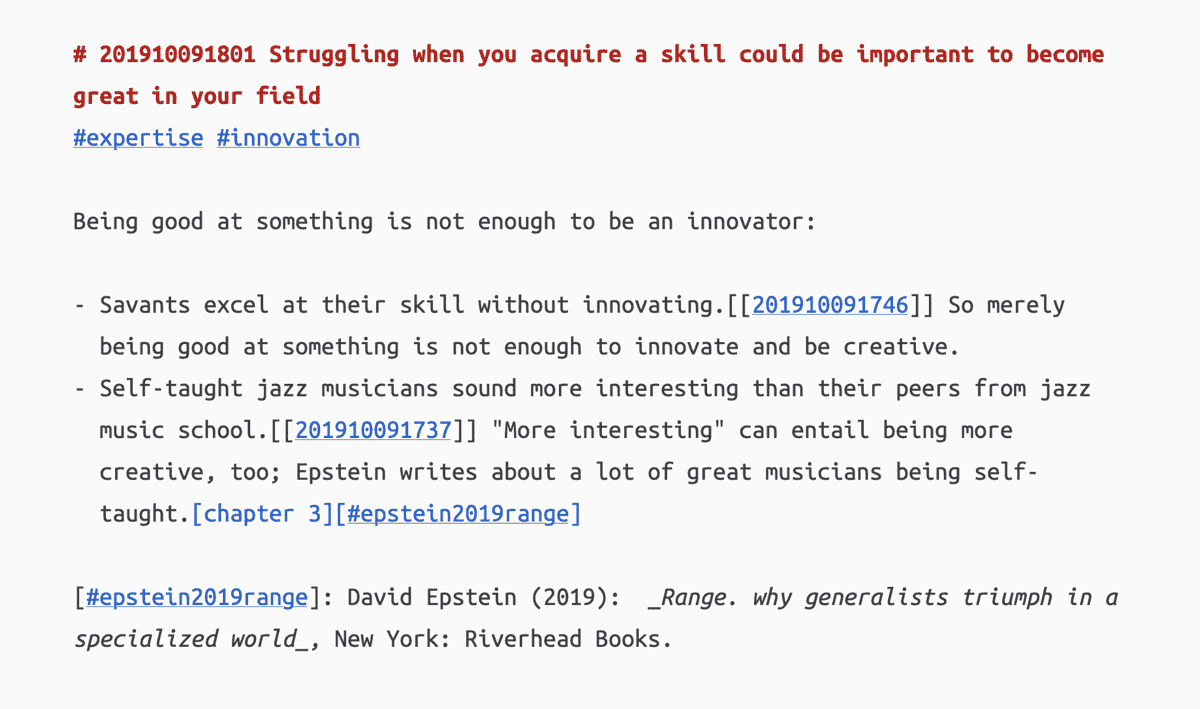

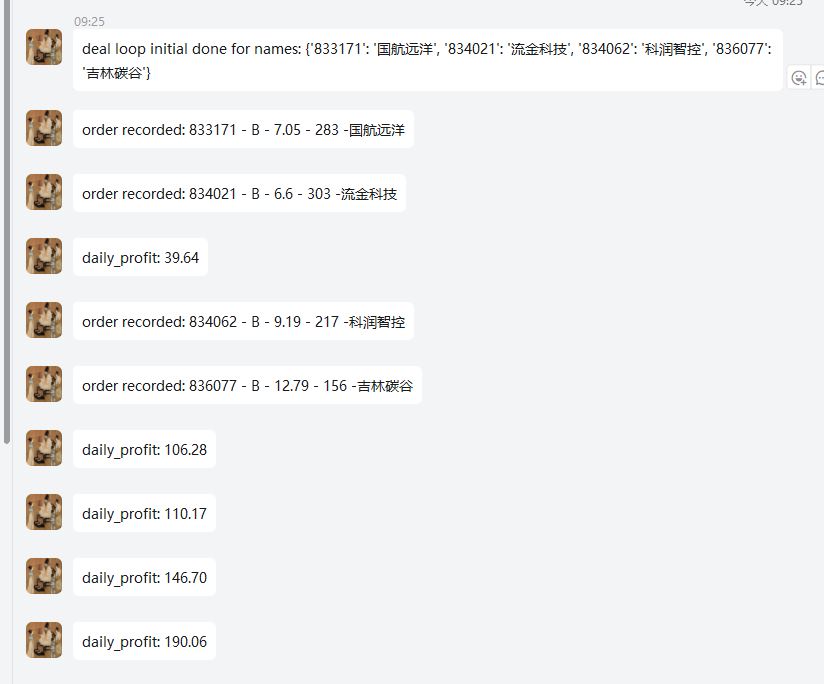
![[Tools] 使用 HammerDB 对 SQL Server 执行负载测试](https://img2024.cnblogs.com/blog/207361/202504/207361-20250401222114671-276194852.png)